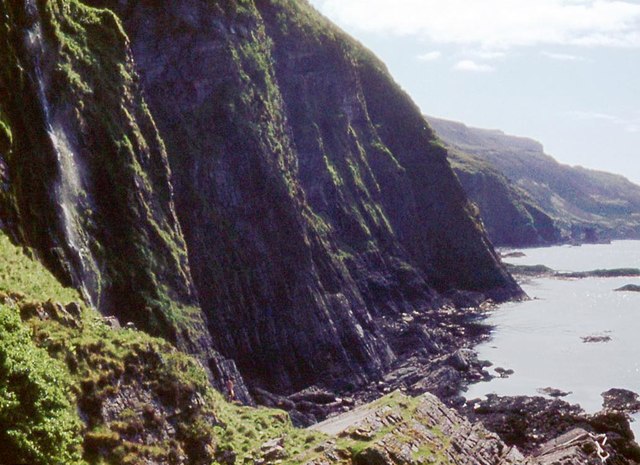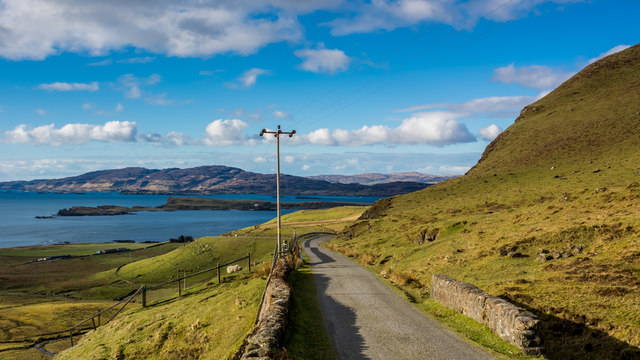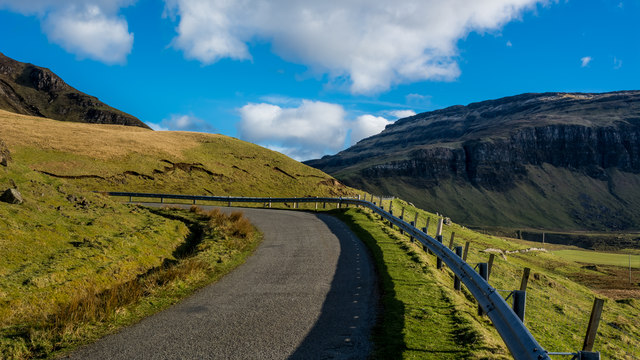Creag a' Ghaill
Cliff, Slope in Argyllshire
Scotland
Creag a' Ghaill
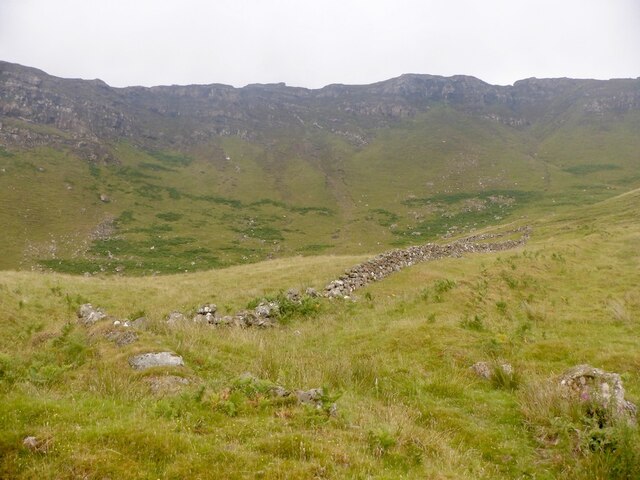
Creag a' Ghaill, located in Argyllshire, Scotland, is a prominent cliff or slope that offers breathtaking views and is well-known for its natural beauty. Rising majestically to an impressive height, this geological formation is a popular destination for nature enthusiasts and hikers alike.
The cliff face of Creag a' Ghaill showcases a rugged and dramatic landscape, characterized by steep inclines and jagged rock formations. The cliff is primarily composed of ancient sandstone, which has been sculpted by the forces of weathering and erosion over millions of years. This erosion has resulted in the creation of deep crevices and fissures, adding to the allure and intrigue of the site.
The cliff's location provides visitors with stunning vistas of the surrounding countryside, including panoramic views of rolling hills, lush forests, and picturesque lochs. The elevated vantage point offers a unique perspective of the natural wonders of Argyllshire, making it a favored spot for photography enthusiasts.
Creag a' Ghaill is also home to a diverse array of flora and fauna, providing a habitat for various species of birds, mammals, and plant life. This makes it an ideal location for wildlife observation and nature walks, allowing visitors to immerse themselves in the rich biodiversity of the region.
Overall, Creag a' Ghaill is a captivating destination that showcases the raw beauty of Scotland's natural landscapes. Whether it's the awe-inspiring views, the geological wonders, or the abundant wildlife, this cliff or slope in Argyllshire is a must-visit for those seeking an authentic and unforgettable experience in the Scottish Highlands.
If you have any feedback on the listing, please let us know in the comments section below.
Creag a' Ghaill Images
Images are sourced within 2km of 56.412711/-6.1417344 or Grid Reference NM4432. Thanks to Geograph Open Source API. All images are credited.
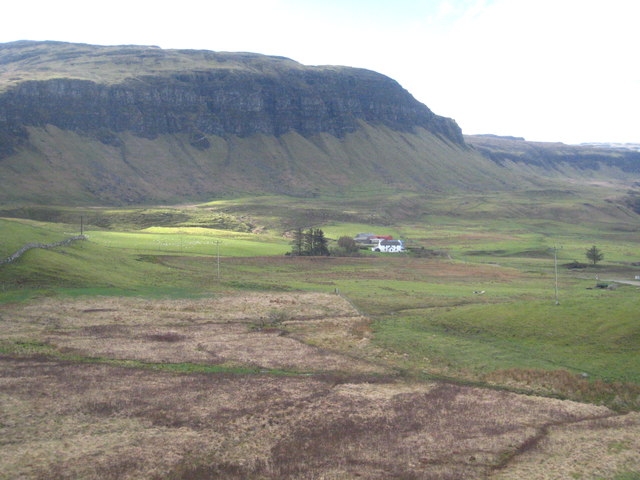
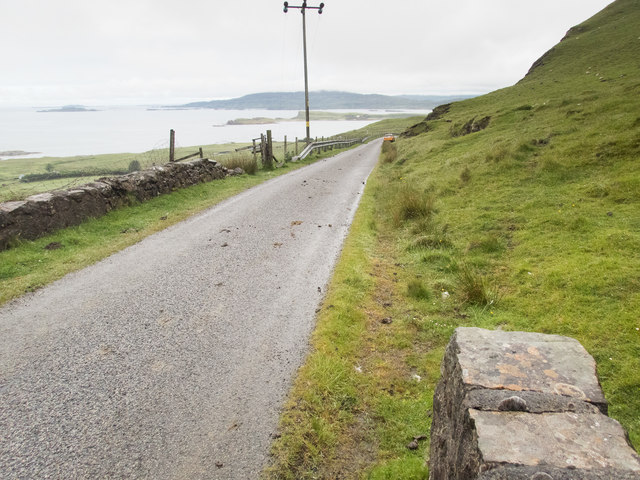
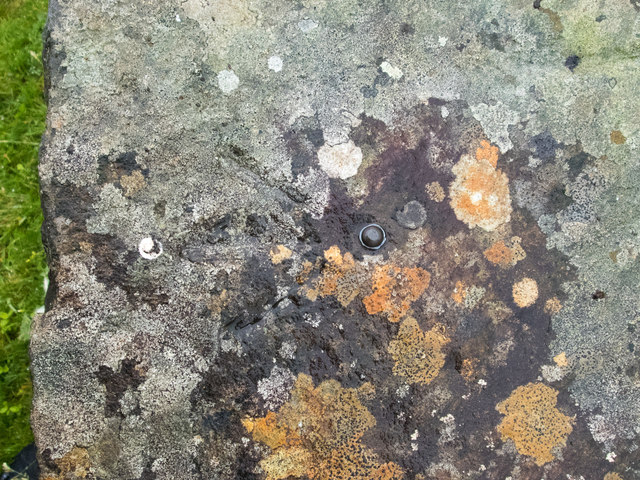
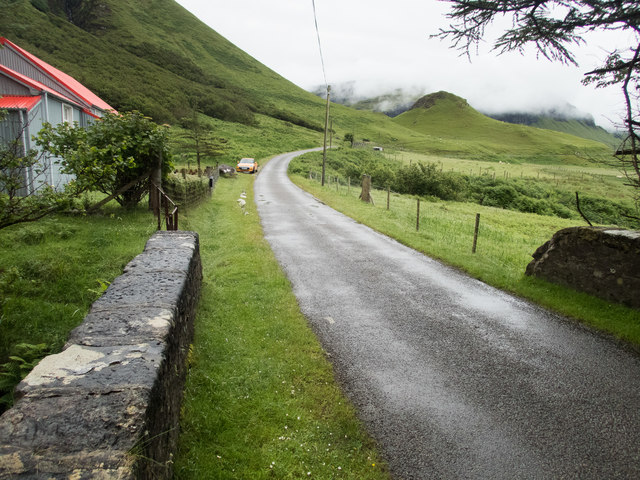
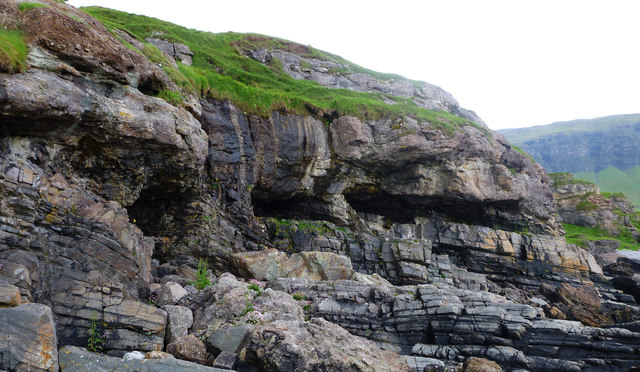

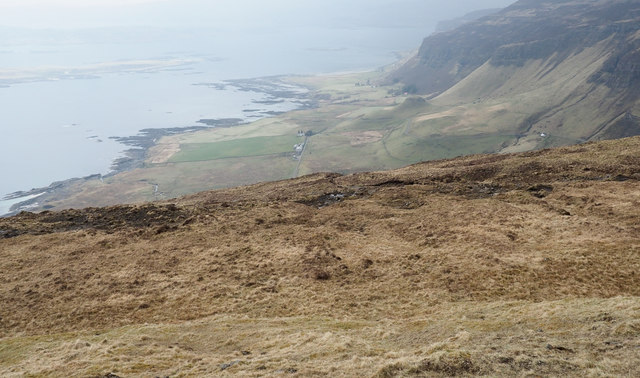
Creag a' Ghaill is located at Grid Ref: NM4432 (Lat: 56.412711, Lng: -6.1417344)
Unitary Authority: Argyll and Bute
Police Authority: Argyll and West Dunbartonshire
What 3 Words
///shaky.logbook.readings. Near Salen, Argyll & Bute
Nearby Locations
Related Wikis
Ardmeanach
Ardmeanach in modern times refers to a peninsula on the Isle of Mull. It is the middle one out of three westward-facing peninsulas on the island, and the...
St Kenneth's Chapel
St. Kenneth's Chapel is a ruined chapel on Inch Kenneth Island, Parish of Kilfinichen and Kilvickeon, Isle of Mull, Argyll and Bute, Scotland. It dates...
Inch Kenneth
Inch Kenneth (Scottish Gaelic: Innis Choinnich) is a small grassy island off the west coast of the Isle of Mull, in Scotland. It is at the entrance of...
Samalan Island
Samalan Island is a small island, just off the Isle of Mull at the mouth of Loch na Keal in the Inner Hebrides, Scotland. To its south west is the island...
Have you been to Creag a' Ghaill?
Leave your review of Creag a' Ghaill below (or comments, questions and feedback).

